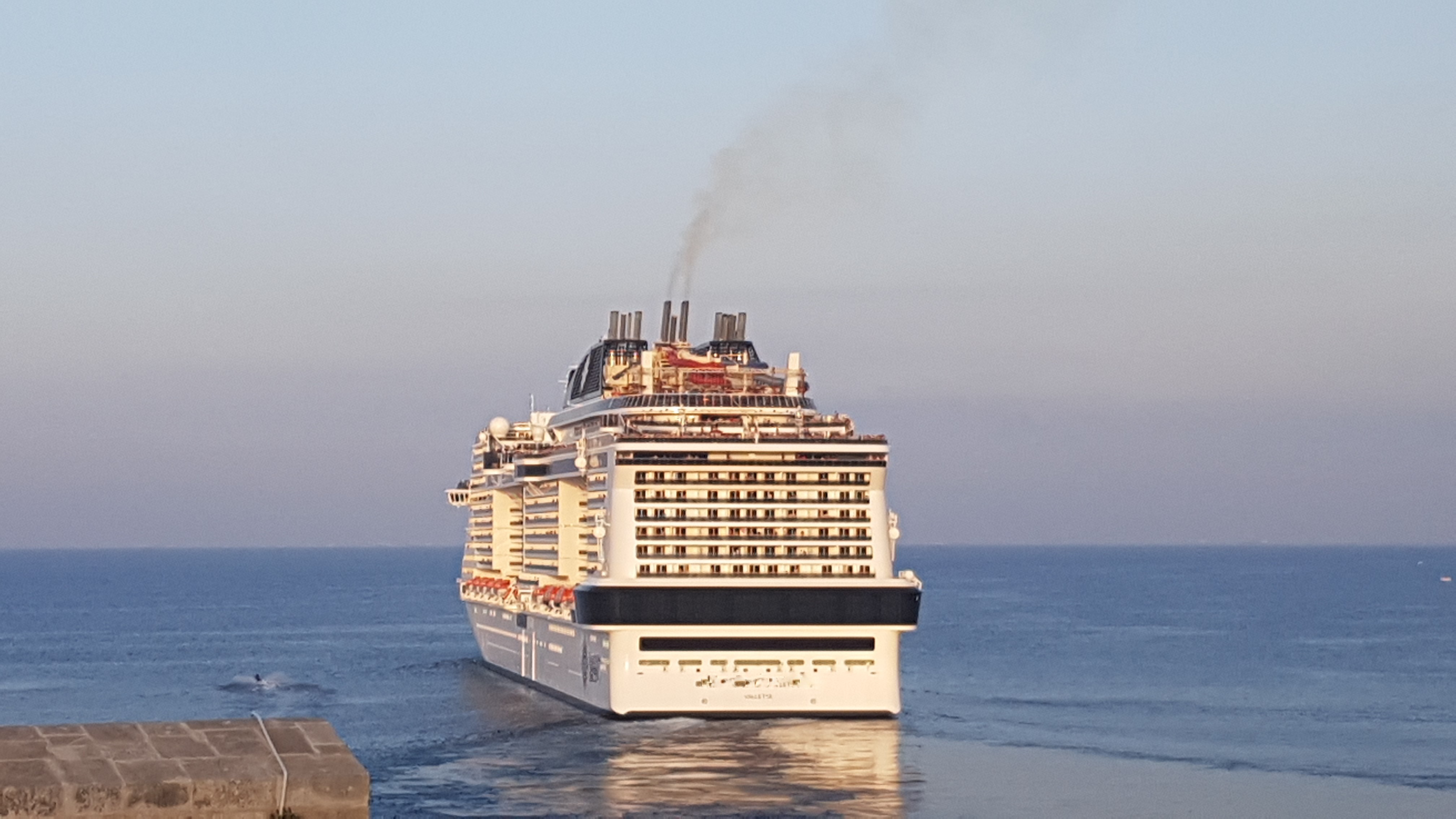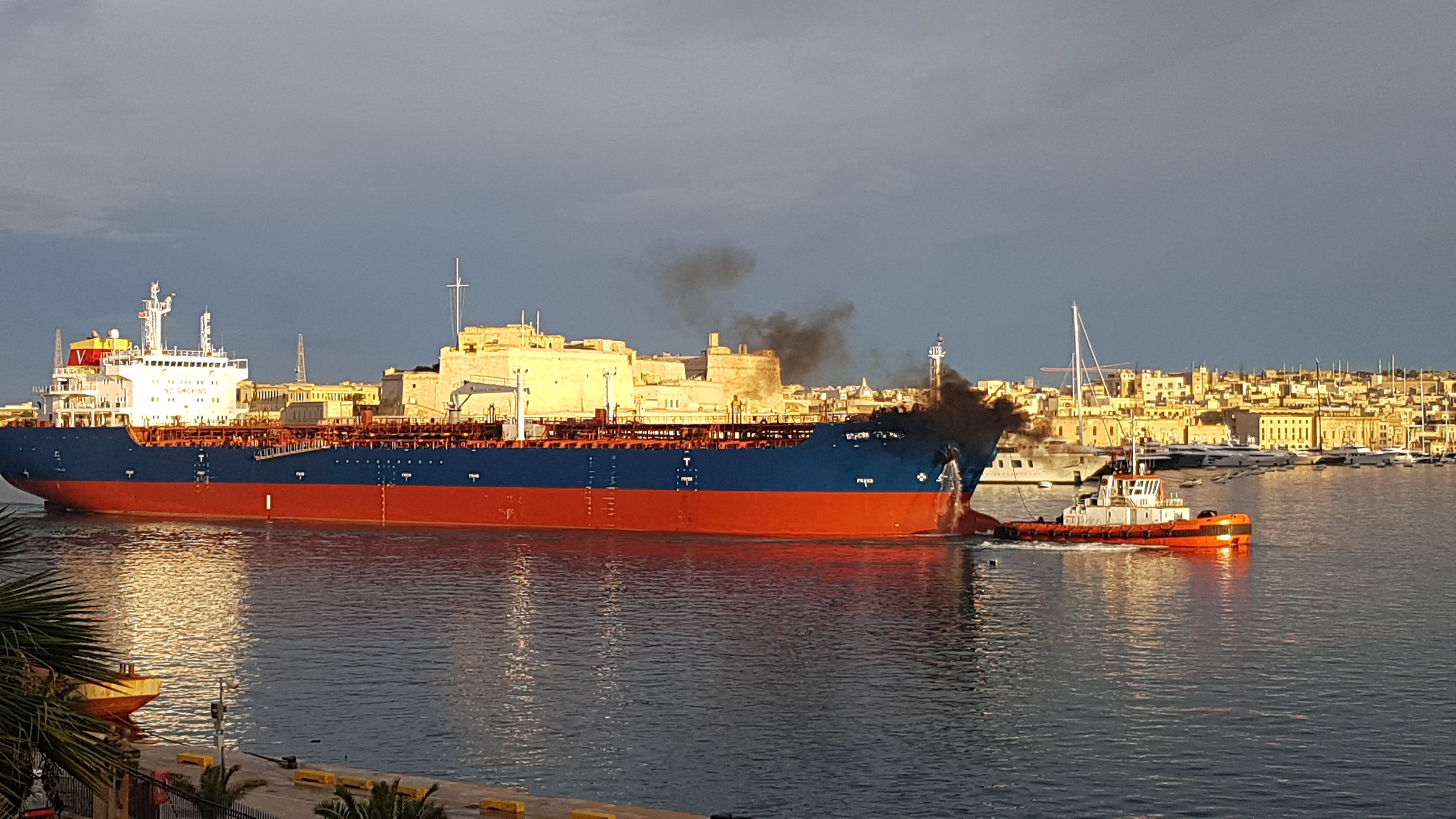Med SOX ECA: introduction
The emissions from ships have significant adverse effects on human health, as well as on the environment. For instance, emissions generated during marine engine combustion contribute to the formation of SO4 aerosols, which, along with other types of particulate matter (PM), are able to penetrate deep into the lungs of humans and all living organisms. Exposure to such pollutants is linked to lung cancer, cardiovascular illnesses, and asthma. The WHO reports indicate that the “highest ambient air pollution levels are in the Eastern Mediterranean Region.”
One way to combat the challenge posed by ship emissions is to designate the Mediterranean Sea, as a whole, as an Emission Control Area for Sulphur Oxides (Med SOX ECA) pursuant to MARPOL Annex VI, where special requirements will be implemented to reduce ship emissions. To prepare for the possible designation of the Med SOX ECA, and pursuant to the relevant mandate, REMPEC prepared:
- the technical and feasibility study for the designation of the Med SOX ECA;
- the road map for the possible designation of the Med SOX ECA; and
- the initial Draft Submission to the International Maritime Organization (IMO) for the designation of the Med SOX ECA.
Shipping in the Mediterranean Sea
The Mediterranean Sea is host to the world’s busiest shipping lanes, accommodating large parts of the world fleet which pass through the Suez Canal, the Bosphorus and Dardanelles straits or the Gibraltar Strait, connecting Asia with Western Europe ports and serving the growing ports in the Mediterranean and Black Sea regions.
Oil and gas tankers, the largest existing container vessels in the world, and ships transporting raw materials like ore and coal all sail close to shores of the Mediterranean countries. Meanwhile, the region has seen a significant and rapid rise in cruise ship movements over the last two decades and today stands as the second biggest cruising region in the world (15.8% of global cruise fleet deployment in 2017), after the Caribbean. Ports accommodating more than 120,000 cruise passengers a year are considered major ports and 36 ports in the Mediterranean fall under this category (MedCruise Association, 2018).
Impacts of Ship Emissions on the Mediterranean Region
While greatly contributing to the economic development of the region, the impact of shipping has inevitably led to concerns over air pollution caused by ship emissions. Considering the fact that many of the ship movements occur close to the densely populated coasts of the Mediterranean countries, whose total population grew from 281 million in 1970 to 419 million in 2000 and to 472 million in 2010, and is predicted to reach 572 million by 2030, the scale of the potential harm of ship emissions to public health is emerging as a social issue that needs our utmost attention. According to the technical and feasibility study for the designation of the Med SOX ECA commissioned by REMPEC, the baseline SOX and PM2.5 emissions from ships in the Mediterranean region are estimated to be 681,000 and 97,500 MT in 2016. With the on-going development of shipping, without proper and timely control, these numbers are certainly set to rise in the coming future.
In addition to the impact on public health, ship emissions can also create a range of environmental problems, such as the reduced visibility due to PM contained in the emissions and acidification of surface of water, and terrestrial systems, which is dangerous to the environment. Sulphate generated from ship emissions also takes a toll on human-made buildings and infrastructure, including vulnerable world heritage sites. All these will unavoidably cause certain extent of economic burden and loss that might eventually influence people’s daily life.
Mediterranean response to ship emissions
Aware of the various adverse effects of ship emissions on human health and the environment, the Contracting Parties to the Barcelona Convention have been considering since the early 2000’s, the possibility of designating the Mediterranean Sea, as a SOX ECA under MARPOL Annex VI, within the framework of the .
In this context, the SOX ECA(s) Technical Committee of Experts composed of official representatives from all Mediterranean coastal States and the European Union (EU) was established through REMPEC to prepare: i) a technical and feasibility study to examine the possibility of designating the Mediterranean Sea, or parts thereof, as SOX ECA; and ii) a road map for the preparation of the related submission to the IMO.
Consultation process and way forward:
The technical and feasibility study for the designation of the Med SOX ECA commissioned by REMPEC, on behalf of the Mediterranean coastal States and the EU, was presented at a regional workshop taking place in the headquarters of the Centre (Valletta, Malta, 11-13 December 2018), which concluded that the Med SOX ECA would result in significant health and environmental benefits.
In addition to the Technical and Feasibility Study, REMPEC also prepared a draft road map as well as an initial draft submission to the IMO for the designation of the Med SOX ECA. The road map, which was adopted at the 21st Ordinary Meeting of the Contracting Parties to the Barcelona Convention and its Protocols (COP 21) (Naples, Italy, 2-5 December 2019), sets out the timetable for the steps to be taken to designate the Med SOX ECA, the key milestones of which are, as follows:
- Approval of the draft COP decision on the road map at the Meeting of the MAP Focal Points. (2019)
- Adoption of the COP decision on the road map at COP 21. (2019).
- Endorsement of a joint and coordinated proposal for the designation of the proposed Med SOX ECA to the IMO at the 14th Meeting of the Focal Points of REMPEC. (2021)
- Approval of the draft COP decision on the joint and coordinated proposal for the designation of the proposed Med SOX ECA to the IMO at the Meeting of the MAP Focal Points. (2021)
- Adoption of the COP decision on the joint and coordinated proposal for the designation of the proposed Med SOX ECA to the IMO at the 22nd Ordinary Meeting of the Contracting Parties to the Barcelona Convention and its Protocols. (2021)
- Submission of the joint and coordinated proposal for the designation of the proposed Med SOX ECA to the IMO (along with a proposed amendment to MARPOL Annex VI) at the 78th session of the IMO’s Marine Environment Protection Committee. (2022)
- Effective entry into force of the Med SOX ECA. (2025)



